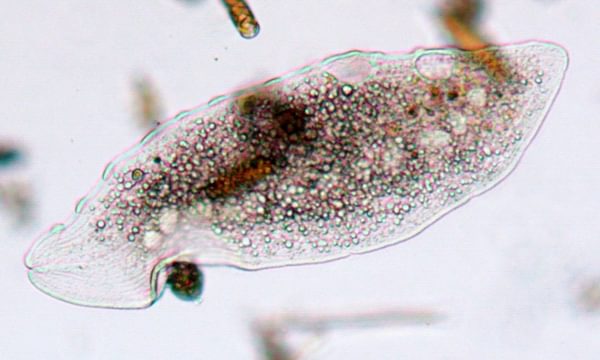News Story
Autumn is a great time to find fungi. They can grow in many different habitats from woods to woodchip beds and lawns, so there will be plenty to find wherever you live. These are some common fungi that you might be able to find in the West Midlands.
Fly Agaric – Amanita muscaria
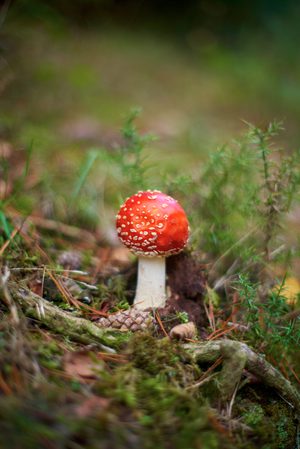
This is a mycorrhizal species, meaning that it lives in symbiosis with trees. This is a mutually beneficial relationship in which the trees give the fungi sugars and the fungi give the trees water, nitrogen and other trace elements. It can grow with several different trees, but its preferred host is Birch. Look out for it whenever Birches grow – parks and nature reserves are great, but also roadside trees and golf courses can be good places to look.
Sulphur tufts - Hypholoma fasciculare
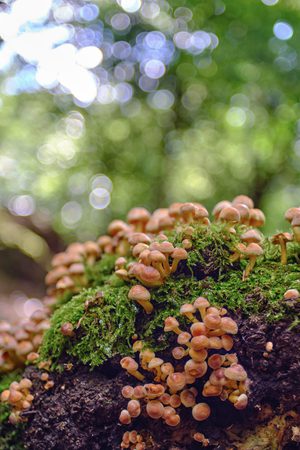
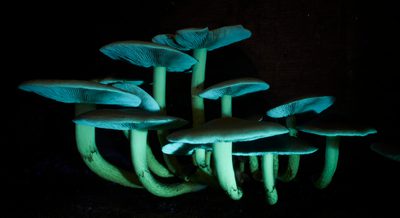
This species is common on rotting logs and stumps of broadleaved trees. It can grow in huge numbers. Sulphur Tufts are fluorescent. If you shine a UV torch at it the flesh glows a bright greenish colour. This is caused by two chemicals called fasciculin A and B. It is not known if the fluorescence serves any purpose or is a side effect of the chemical structure.
Candlesnuff – Xylaria hypoxylon
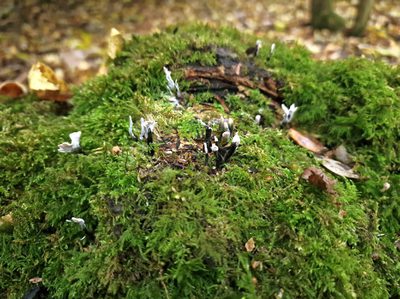
This little fungus is common on rotting tree stumps. The black lines in wood called spalting show where different fungi have met and created barriers to stop neighbouring fungi from entering their territory. Xylaria species produce particularly dark and noticeable spalting in wood. Spalted wood is used to make decorative items such as bowls.
Redlead Roundhead – Leratiomyces ceres
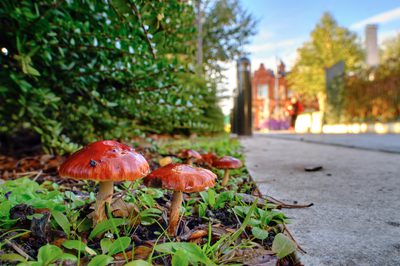
Woodchips are used to control weed in parks, car parks and allotments. They are a good habitat for fungi in cities as they provide loads of food for wood rotting species. Several of the fungi found in woodchips come from different parts of the world. It is thought that the Redlead Rounded originally came from Australia.
Blackening Waxcap – Hygrocybe conica
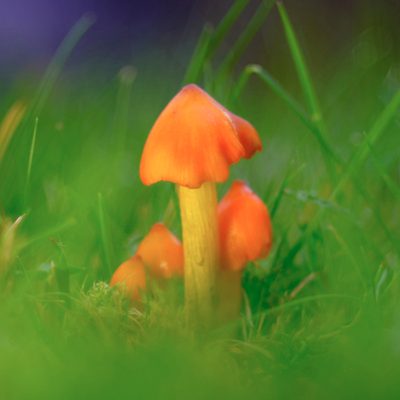
Some fungi like to grow in grass and the Blackening Waxcap is one of several species of waxcap that can appear in this habitat. They come in a range of colours from white to striking reds, oranges, pinks and yellows. Older areas of grass like graveyards and cemeteries are particularly good as fertilisers and other chemicals are rarely used. The Leasowes in Halesowen has been designated as a Site of Special Scientific interest (SSSI) for the diversity of waxcaps found there.
If you do find any fungi you can record them using the iNaturalist app. This helps scientists to map where fungi live and see if they are being affected by things like pollution and climate change. Visit uk.inaturalist.org to find out more.
By Lukas Large
Curator (Natural Sciences)


